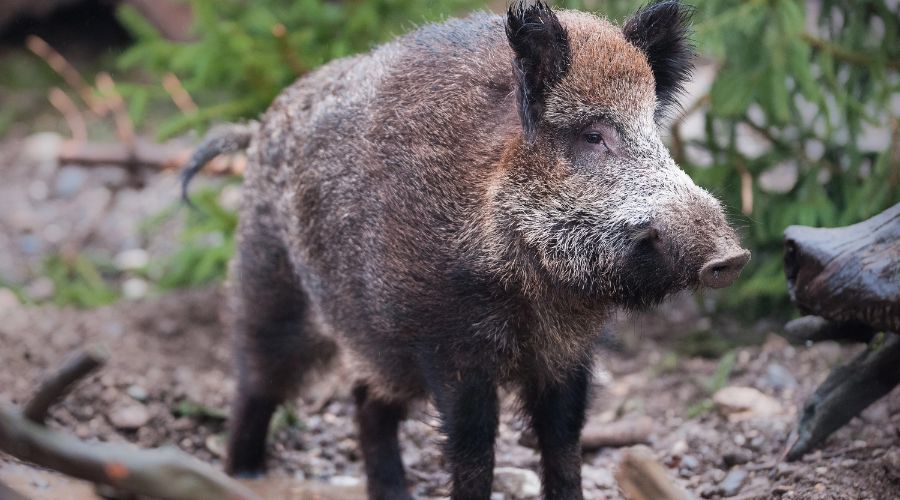‘Illegal release’ of feral pigs prompts ASF fears
12th February 2025
NFU Scotland has condemned the ‘illegal release’ of feral pigs in the Cairngorms, raising concerns over ASF and foot and mouth.

Park rangers in the Cairngorms are attempting to locate a group of feral pigs which they believe may have been illegally released.
The pigs were spotted near Uath Lochans in Cairngorms National Park.
According to Cairngorms National Park Authority the animals appear to be relatively domesticated and are likely to have been illegally released.
This follows the recent illegal release of four lynx in the area.
Greater effort needed to prosecute
Responding to the news NFU Scotland welcomed the prompt response of the Park Authority, NatureScot and Forestry and Land Scotland.
However, it called for increased efforts to identify and prosecute those responsible.
NFUS Pigs Committee chair Jamie Wyllie said: “Such reckless and illegal releases are incredibly irresponsible with negative implications for the environment, the individual animals, and the potential damage they might cause to rural businesses.
“This latest incident, near to where four lynx were dumped only last month, is hugely concerning for land managers. Unsanctioned releases must not become common place or deemed in any way acceptable.”
READ MORE: Government asked about delayed response to FMD outbreak in Germany
READ MORE: First case of bluetongue serotype 12 confirmed in England
Risk of ASF and FMD
The release, Mr Wyllie added, compounds a growing feral pig problem in some parts of Scotland, which is causing significant damage to crops, land and property.
These pigs also pose a huge risk of harbouring and spreading serious diseases to other livestock and wildlife, he added.
“At a time when foot and mouth disease and African swine fever are present in mainland Europe, a feral pig population is a threat to those who keep cattle, sheep and pigs,” he added.
“The presence of feral pigs makes the ability to control or eradicate disease, were it to arrive in the UK, significantly more difficult.”
Read more livestock news.
